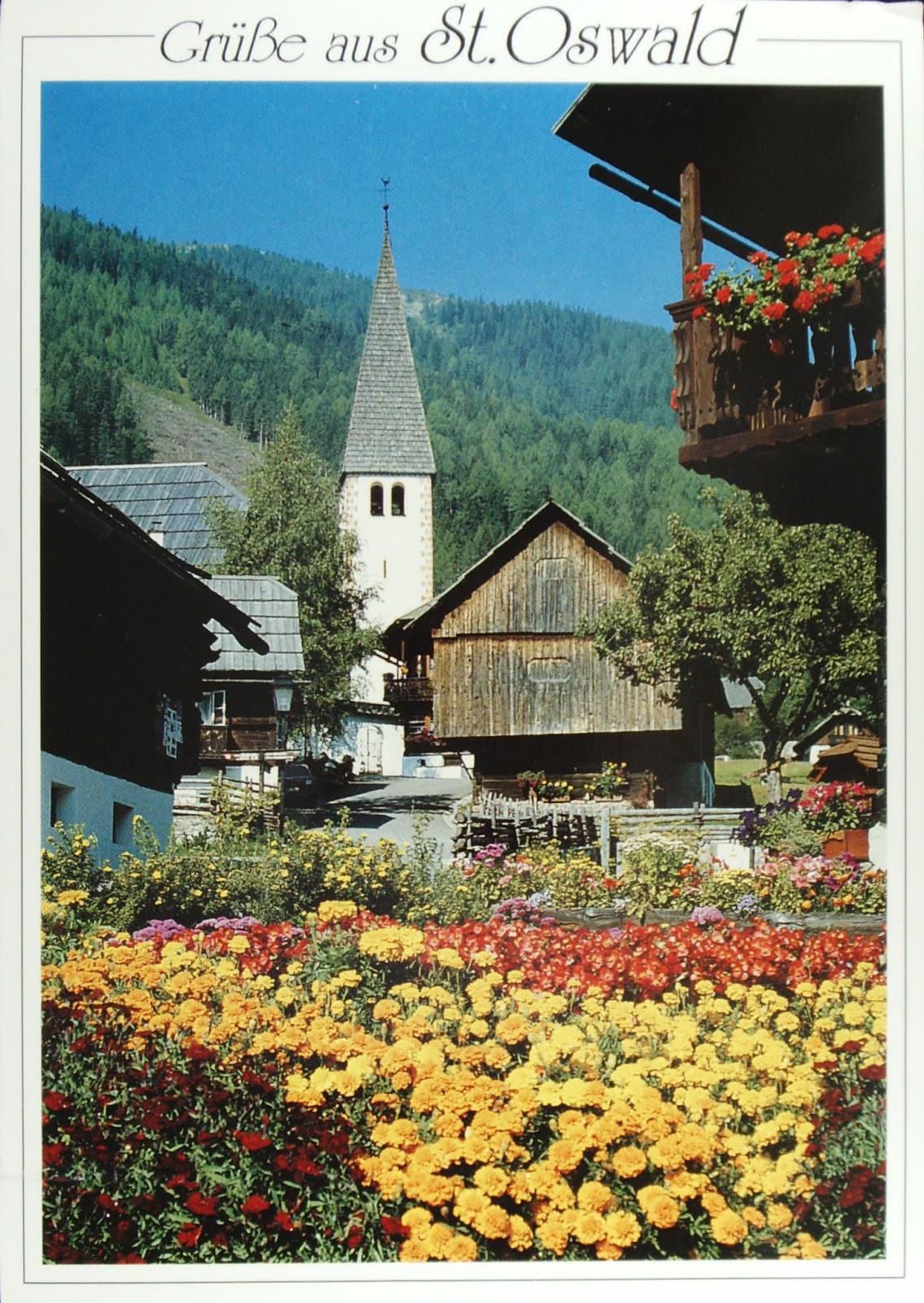Postcards from Heraklion Archaeological Museum, Crete, Greece
My collection
Ladies in blue.
Fresco from Knossos (16th cent. B.C.)
Blue bird
Fresco from Knossos (16th cent. B.C.)
The bull-sports
Fresco from Knossos (16th-15th cent B.C.)
Clay model representing a circle of dancing women. The woman in the centre is playing a lyre.
From Palaikastro, Crete
Goddess with a Sacred knot. ( The Parisienne )
Fresco from Knossos 1500-1450 B.C.
Knossos on Kreetan merkittävin pronssikautinen arkeologinen kohde. Paikalla sijaitsi Knossoksen palatsi, joka oli luultavasti minolaisen kulttuurin keskus.
Palatsissa asui kuningas Minos ja labyrintissä Minotaurus.
Kunigas Minos sai meren jumala Poseidonilta lahjaksi valkoisen härän, jonka hänen piti uhrata jumalille. Mutta härkä olikin kaunis ja hohtavan valkoinen, eikä Minos malttanutkaan uhrata sitä, vaan teurasti omasta laumastaan ihan tavallisen härän. Jumalat tietysti rankaisivat Minosta moisesta röyhkeydestä. Niinpä rakkauden jumalatar Afrodite sai aikaan, että Minoksen puoliso Pasifae rakastui tuohon kauniiseen, hohtavan valkoiseen merestä nousseeseen härkään. Aika luonnoton rakkaus ja Pasifaeta nolostutti itseäänkin. Onneksi näppärä puuseppä Daidalos rakensi puisen lehmän, jonka sisään Pasifae saattoi mukavasti piiloutua. Siitä ei tietenkään mitään hyvää seurannut vaan liitosta syntyi hirviö, puoliksi ihminen ja puoliksi härkä, joka sai nimekseen Minotaurus.

Minos oli kauhuissaan ja taas pyydettiin puuseppä / rakennusmestari Daidalos paikalle Hän suunnitteli sokkeloisen labyrintin umpikujineen ja mutkineen, josta kukaan ei selväisi eksymättä (eikä hengissä). Sinne labyrintin sokkeloihin Minotaurus sijoitettiin asumaan.
Joka yhdeksäs vuosi Minos vaati Ateenan kaupungilta seitsemän nuorukaista ja seitsemän neitoa, jotka vietiin labyrinttiin ja siellä Minotaurus ahmaisi heidät kaikki suuhunsa.
Kolmannella uhrien hakumatkalla astui esiin urhea sankari, kuningas Aigeuksen poika Theseus ja hän lupasi tappaa Minotauruksen. Aigeus päästi Theseuksen matkaan ja muistutti Theseusta valkoisista ja mustista purjeista. ( Jos onnistuu tehtävässä, nostetaan paluumatkalla valkoinen purje, jos menee pieleen tullaan takaisin mustat purjeet liehuen. )
Kuningas Minoksen tytär, Ariadne oli rakastunut Theseukseen ja halusi pelastaa tämän Minotauruksen kidasta. Hän pyysi Daidalokselta labyrintin avainta, lankakerää jonka ojensi sitten Theseukselle. Theseus sitoi lankakerän toisen pään labyrintin oven ulkopuolelle ja kerä alkoi vieriä itsestään eteenpäin ja johdatti hänet labyrintin keskelle. Siellä kurjassa loukossaan asusti hurja Minotaurus, nukkui onneksi, joten Theseusella oli ihan helppo homma katkaista sen ruma härän pää Lankaa kerimällä hän löysi takaisin Ariadnen luokse.
Paluumatkallaan Ateenaan Theseus "unohti" Ariadnen Naksokselle ja unohti vieläpä valkoset purjeetkin. Nähdessään mustapurjeisen aluksen palaavan satamaan, kuningas Aigeus heittäytyi epätoivoissaan mereen, siitä pitäen sen nimenä on ollut Aigeianmeri.













































